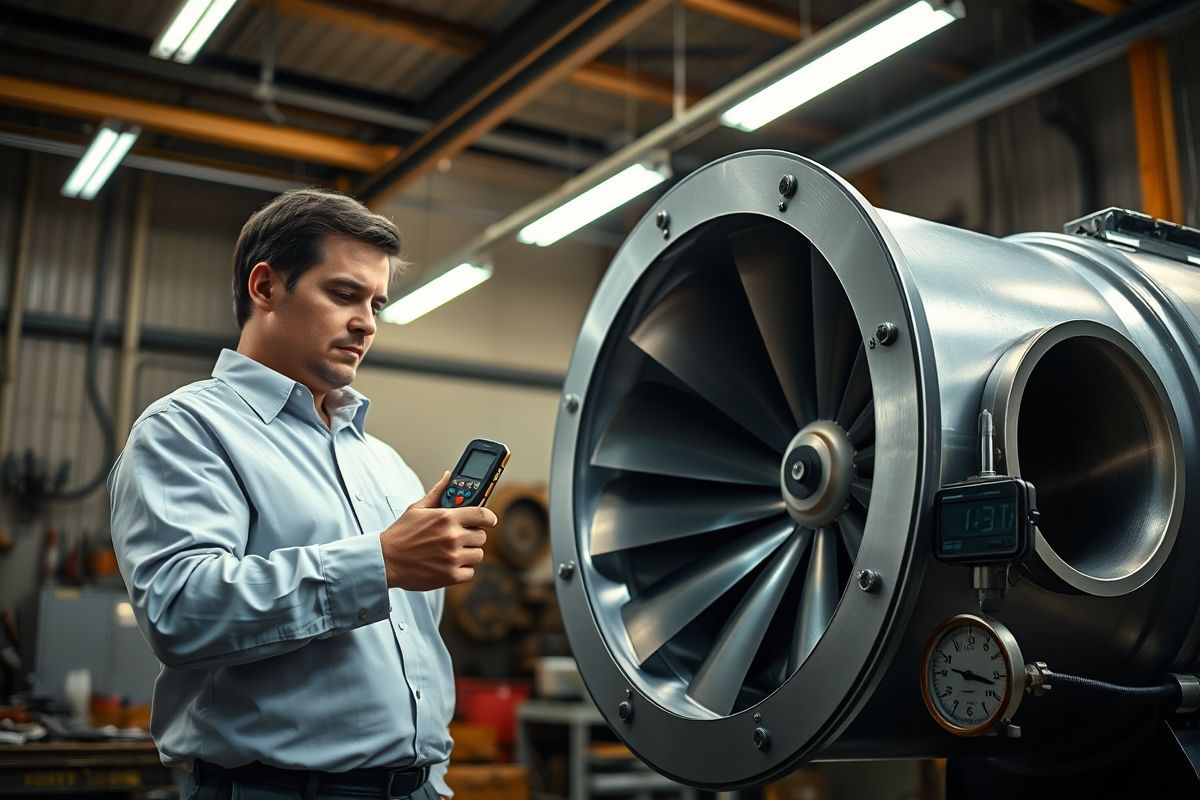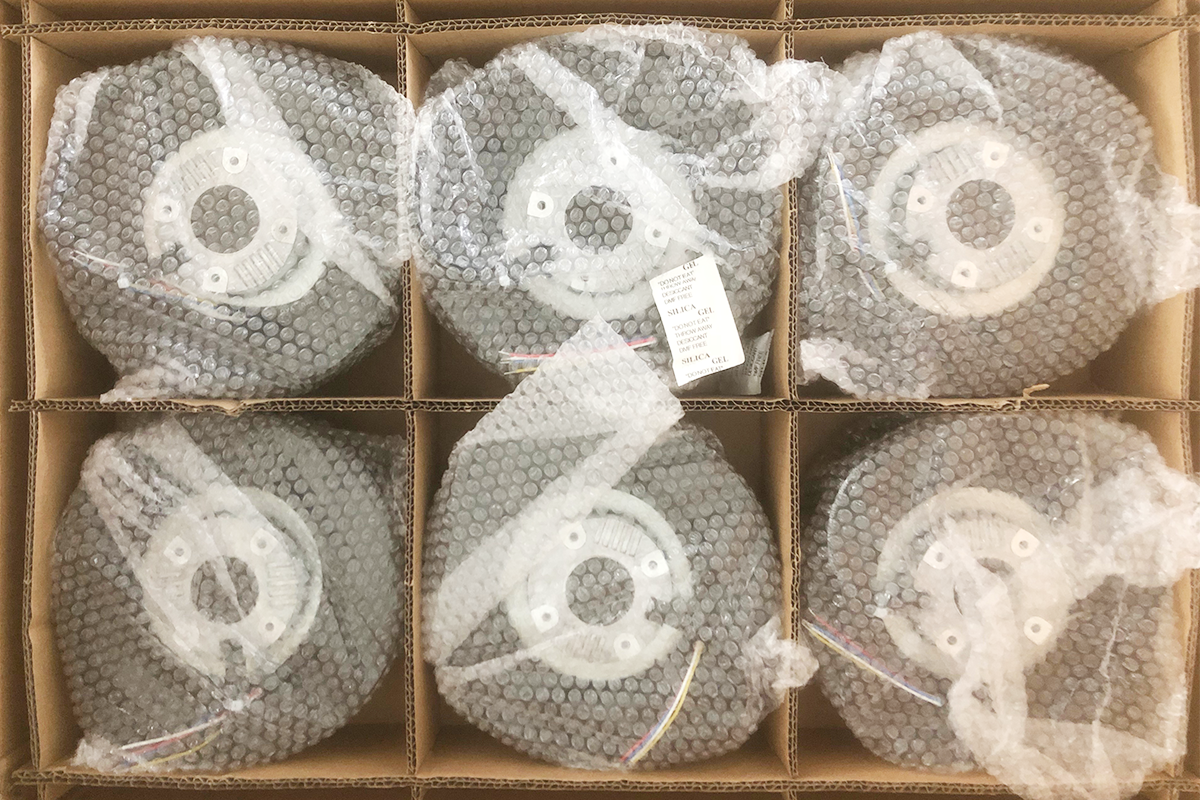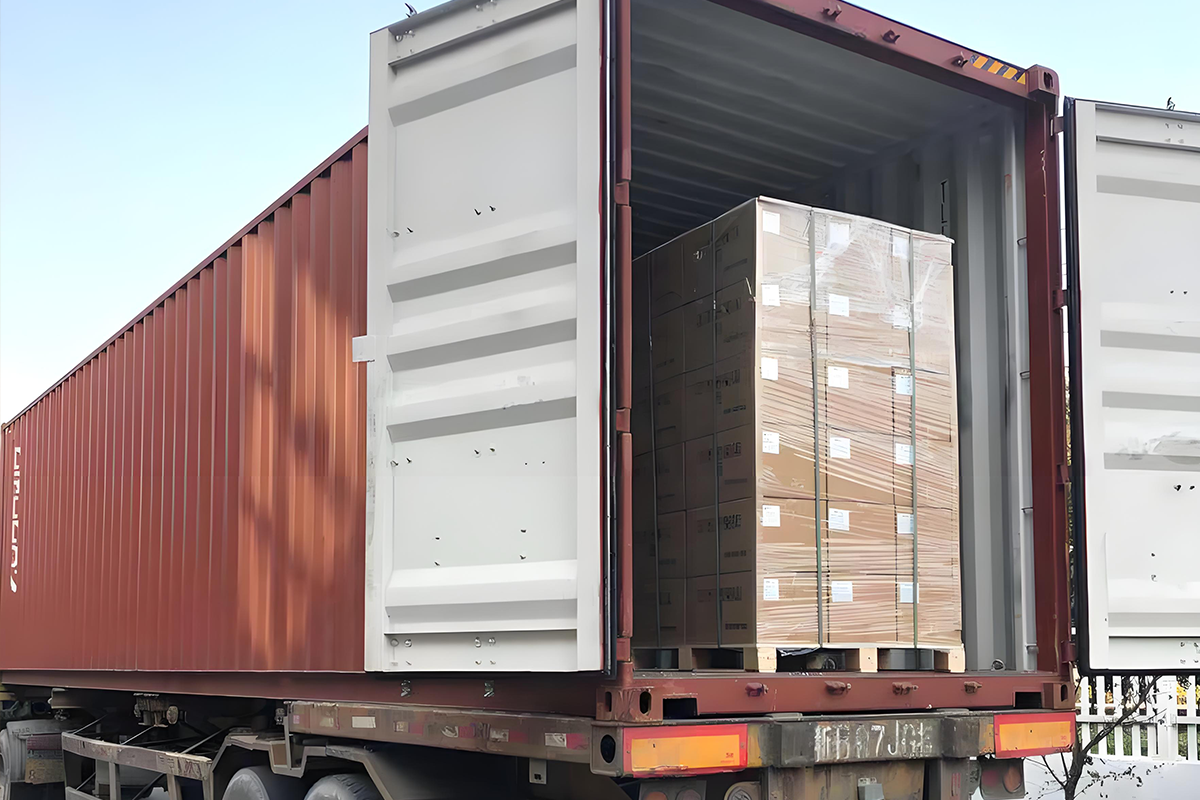
How to test the quality of a centrifugal fan? This is an essential question for buyers. Apart from this, the installation of a centrifugal fan has been discussed earlier regarding its installation requirements. Below is a supplemental guide regarding the installation construction techniques of a centrifugal fan.
- Ⅰ. Determine the pressure near the fan. Measure the dry bulb temperature, wet bulb temperature within the airflow inlet of the fan, and measure the temperature in the plane. These measurements help determine the airflow density at various relevant planes.
- Ⅱ. Obtain characteristic parameters of a fan with inlet guide vanes, including the operational state when the guide vanes are fully open. To compare the test results with the fan’s characteristic parameters, the guide vanes should be fixed in the fully open position during the test.
- Ⅲ. Record all relevant nameplate data of the centrifugal fan, including voltage values, rated load current values, and measurements of fan speed, motor amperage, voltage, and wattage.
- Ⅳ. Insufficient length of the fan outlet side duct may create additional system resistance. Therefore, to calculate the value of additional system resistance, measurements of the area of the centrifugal fan outlet and the fan’s supply area are necessary.
1. Foundation Inspection
(1) Inspect the equipment base’s external dimensions, position, elevation, reserved holes, etc., according to design drawings, product samples, etc., to check compliance with requirements.
(2) The base surface of the fan should be leveled and polished, checking for smoothness.
2. Unboxing Inspection

(1) Check if the fan meets design requirements and whether the accompanying documentation is complete.
(2) Inspect exposed parts, processing surfaces, and rotors for any visible deformations, severe corrosion, dents, etc. Address any issues promptly. Inlet and exhaust ports should be securely covered to prevent dust and debris entry.
3. Equipment Transportation

(1) Large-scale fan equipment transportation should involve a rigger and have a dedicated person directing operations. Tools and ropes used must comply with safety standards.
(2) If the fan is for integral installation, ropes used during transportation and hoisting should not bind to the rotor, casing, or bearing cover’s lifting rings.
4. Equipment Installation
(1) For ground installation of a centrifugal fan without shock absorbers, shock absorbers need to be connected to a channel steel frame. The channel steel frame should be fixed on a concrete foundation using expansion bolts, and shims should be used for alignment during installation.
(2) Shock absorbers for a centrifugal fan must comply with design specifications.
